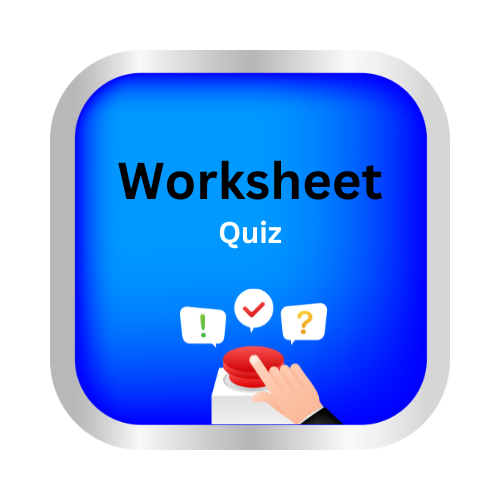Adding 5
key notes :
Concept of Addition:
- Explain that addition is putting things together to find out how many there are in total. For example, if you have 3 apples and you get 5 more, you count all the apples to find out the total.
Adding 5 to a Number:
- To add 5 to a number, start from that number and count forward by 5.
- For example, to find 7 + 5, start at 7 and count up 5 steps: 8, 9, 10, 11, 12. So, 7 + 5 = 12.
Number Line:
- Use a number line to visually represent the addition of 5.
- Show how moving 5 steps to the right from a given number helps to find the sum.
Using Objects:
- Use physical objects like blocks or counters to demonstrate adding 5.
- Start with a certain number of objects, add 5 more, and count the total.
Patterns:
- Help students recognize patterns when adding 5. For example, the units digit of the sum will always be 5 or 0.
Learn with an example
🔷Add. 0 + 5 =
When you add 0 to a number, the number stays the same.
0 + 5 = 5
🔷Add. 10 + 5 =
- You can count on to find 10+5.
- Start at 10 and count on 5 times.

- You end at 15.
- 10 + 5 = 15
_________________________________________________
- You can also think about place value to add.
- 10 + 5 is 1 ten and 5 ones.
| tens | ones |
| 1 | 5 |
- That makes 15.
- 10 + 5 = 15
🔷Add. 4 + 5 =
- You can count on to find 4 + 5.
- It is easier to start with the larger number. So, start at 5. Count on 4 times.

- You end at 9.
- 4+5=9
_____________________________________________
- You can also add using doubles plus one.
- Remember the doubles fact 4 + 4 = 8.
- Notice that 4 + 5 is 1 more. That makes 9.
- 4 + 5 = 9
Let’s practice!

